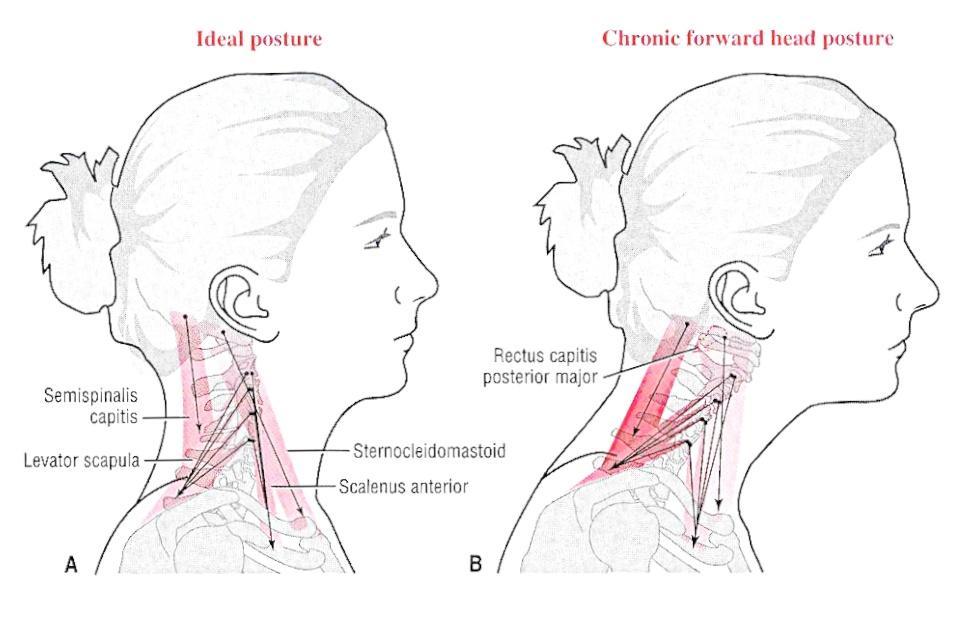Reflex Control of the Spine and Posture: A Review of the Literature From a Chiropractic Perspective
SOURCE: Chiropractic & Osteopathy 2005 (Aug 9); 13: 16
Mark W Morningstar, Burl R Pettibon, Heidi Schlappi,
Mark Schlappi, and Trevor V Ireland
The Pettibon Institute,
Gig Harbor, WA 98335, USA.
morningstar@pettiboninstitute.org
OBJECTIVE: This review details the anatomy and interactions of the postural and somatosensory reflexes. We attempt to identify the important role the nervous system plays in maintaining reflex control of the spine and posture. We also review, illustrate, and discuss how the human vertebral column develops, functions, and adapts to Earth’s gravity in an upright position. We identify functional characteristics of the postural reflexes by reporting previous observations of subjects during periods of microgravity or weightlessness.
BACKGROUND: Historically, chiropractic has centered around the concept that the nervous system controls and regulates all other bodily systems; and that disruption to normal nervous system function can contribute to a wide variety of common ailments. Surprisingly, the chiropractic literature has paid relatively little attention to the importance of neurological regulation of static upright human posture. With so much information available on how posture may affect health and function, we felt it important to review the neuroanatomical structures and pathways responsible for maintaining the spine and posture. Maintenance of static upright posture is regulated by the nervous system through the various postural reflexes. Hence, from a chiropractic standpoint, it is clinically beneficial to understand how the individual postural reflexes work, as it may explain some of the clinical presentations seen in chiropractic practice.
METHOD: We performed a manual search for available relevant textbooks, and a computer search of the MEDLINE, MANTIS, and Index to Chiropractic Literature databases from 1970 to present, using the following key words and phrases: “posture, ” “ocular, ” “vestibular, ” “cervical facet joint, ” “afferent, ” “vestibulocollic, ” “cervicocollic, ” “postural reflexes, ” “spaceflight, ” “microgravity, ” “weightlessness, ” “gravity, ” “posture, ” and “postural.” Studies were selected if they specifically tested any or all of the postural reflexes either in Earth’s gravity or in microgravitational environments. Studies testing the function of each postural component, as well as those discussing postural reflex interactions, were also included in this review.
DISCUSSION: It is quite apparent from the indexed literature we searched that posture is largely maintained by reflexive, involuntary control. While reflexive components for postural control are found in skin and joint receptors, somatic graviceptors, and baroreceptors throughout the body, much of the reflexive postural control mechanisms are housed, or occur, within the head and neck region primarily. We suggest that the postural reflexes may function in a hierarchical fashion. This hierarchy may well be based on the gravity-dependent or gravity-independent nature of each postural reflex. Some or all of these postural reflexes may contribute to the development of a postural body scheme, a conceptual internal representation of the external environment under normal gravity. This model may be the framework through which the postural reflexes anticipate and adapt to new gravitational environments.
There are more articles like this @ our:
CONCLUSION: Visual and vestibular input, as well as joint and soft tissue mechanoreceptors, are major players in the regulation of static upright posture. Each of these input sources detects and responds to specific types of postural stimulus and perturbations, and each region has specific pathways by which it communicates with other postural reflexes, as well as higher central nervous system structures. This review of the postural reflex structures and mechanisms adds to the growing body of posture rehabilitation literature relating specifically to chiropractic treatment. Chiropractic interest in these reflexes may enhance the ability of chiropractic physicians to treat and correct global spine and posture disorders. With the knowledge and understanding of these postural reflexes, chiropractors can evaluate spinal configurations not only from a segmental perspective, but can also determine how spinal dysfunction may be the ultimate consequence of maintaining an upright posture in the presence of other postural deficits. These perspectives need to be explored in more detail.
From the FULL TEXT Article:
Background
Historically, chiropractic has centered around the concept that the nervous system controls and coordinates all other systems within the human body [1, 2]. Recent evidence has provided insight into the mechanisms responsible for this neurological governance of other body systems [3-9]. Perhaps the most important relationship from a chiropractic perspective, however, is that between the nervous and musculoskeletal systems. Specifically, many chiropractors believe that “subluxations” of the vertebral column somehow compromise the integrity and function of the nervous system, which may ultimately affect health and vitality [10]. However, to date, research attempting to identify the exact parameters of the chiropractic subluxation remains tenuous [11, 12].
Read the rest of this Full Text article now!




Leave A Comment